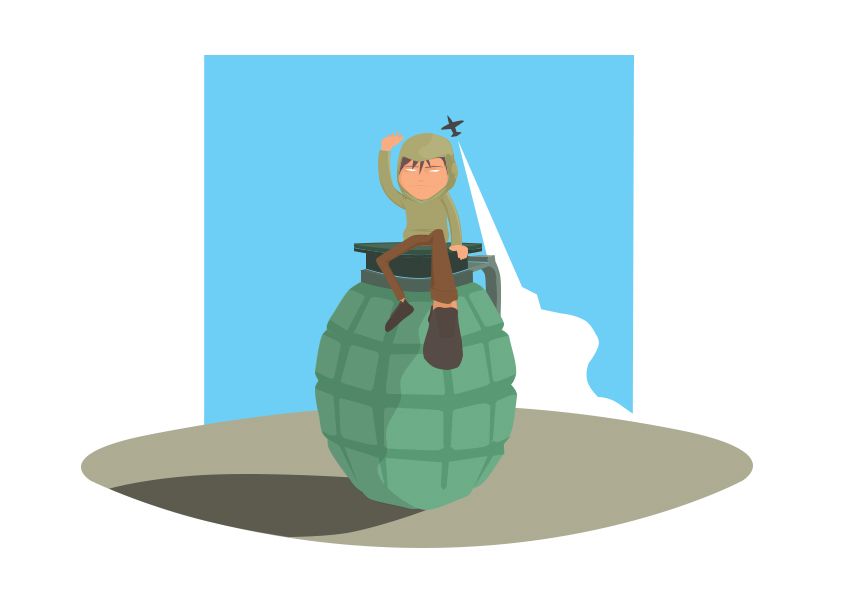As all-consuming as wars are, we rarely pause to think what part children play in them, and how much they understand. It’s the adults who start wars, kindling small sparkles into devastating flames, and then end them. Of course, both adults and children suffer the consequences, but how do the latter see the war? What does it look like through the prism of childhood? My friend Igor grew up in Croatia during The Croatian War of Independence. The war was …
A War Childhood Can Be A Childhood NonethelessRead More »
Interested in non-clickbait content? Become a member today.
You'll get access to:
- All content
- Comic Books
- Personalized cartoons
- Member credits in our videos and much more!
Become a member
Already a member? Log In


